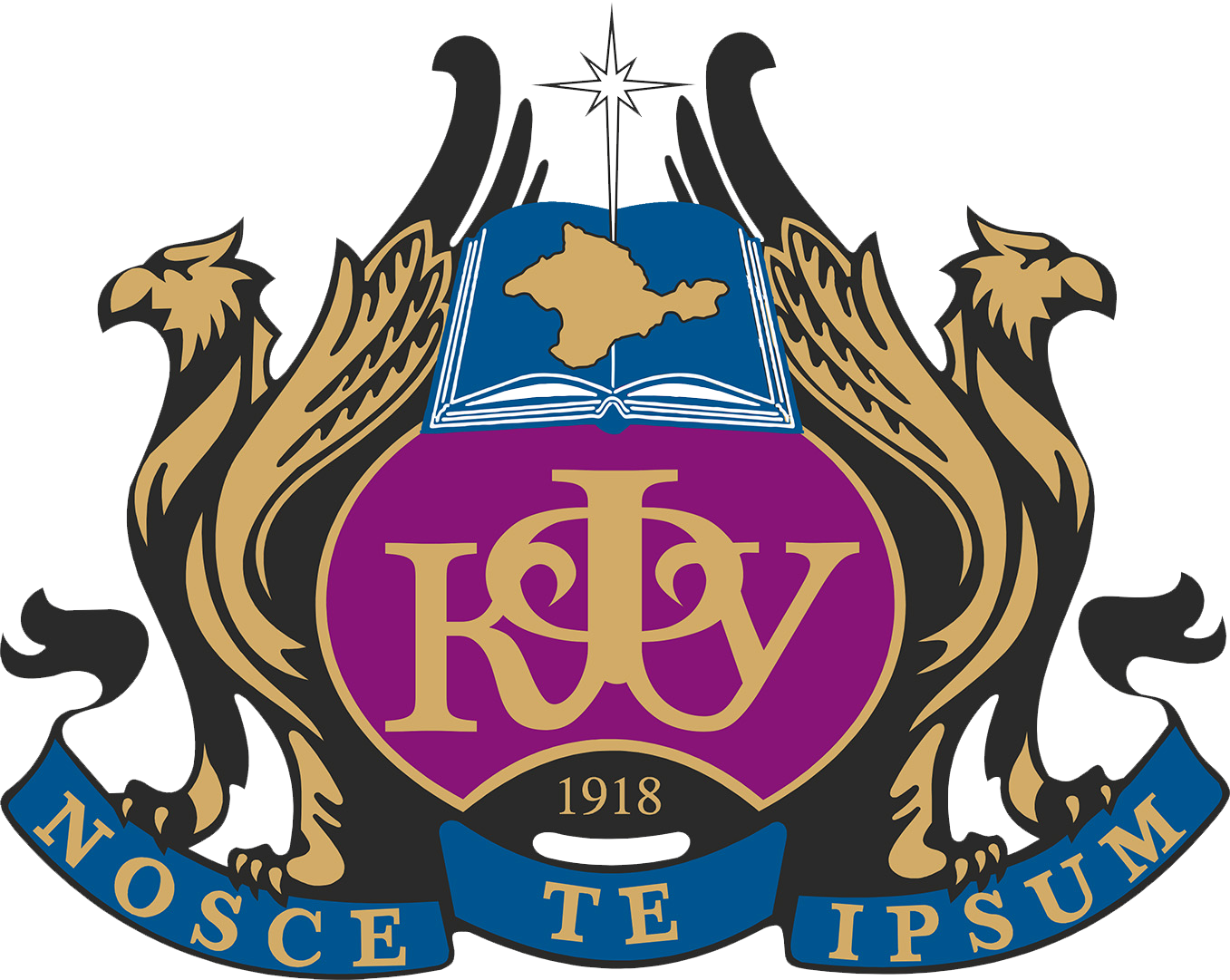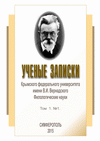The aim of the article is to examine the formation and functioning of gender-marked concepts through the examples of «Woman» and «Man,» which belong to the categorical fields of «Female» and «Male.» We provide a description of concept as an object of cognitive science research, its component structure and standard content, distinguish the main gender-inclusive concepts, determine the radial structure of gender-inclusive categorical fields with various degrees of remoteness of peripheral members (concepts) from the center of a categorical field and discover the distribution patterns of nuclear lexemes of central concepts. The description of distribution consists of defining a standard set of attributive adjuncts of these lexemes, describing the function of each lexeme as a modifier in preposition and postposition and analyzing the actions associated with each concept. We summarize a significant amount of statistical data obtained as a result of analysis of the occurrences and distribution of nuclear lexemes in the British National Corpus of the English language. Thus, this study presents linguistic representations of how the notions of «man» and «woman,» as well as «masculine» and «feminine,» are perceived. This distinction arises because the English terms «male» and «female» refer not only to biological sex («man»/»woman») but also to associated characteristics («masculine»/»feminine»). Through comparative analysis, we gain a general understanding of how the concepts of «Man» and «Woman» are reflected in the linguistic consciousness of English speakers, based on the central concepts «Woman» and «Man» within the categorical fields «Female» and «Male.»
gender-marked concepts, categorical field “Female”, categorical field “Male”, concepts “Woman” and “Man”.
1. Boldyrev N. N. Kognitivnaya semantika: Kurs lekciy po angliyskoy filologii. – Tambov: TGU, 2001. – 123 s.
2. Vereschagin E. M., Kostomarov V. G. V poiskah novyh putey razvitiya lingvostranovedeniya: koncepciya rechepovedencheskih taktik. – M., 1999. – 84 s.
3. Vorob'ev V. V. Lingvokul'turologiya (teoriya i metody). – M.: RUDN, 1997. – 331 s.
4. Gusserl' E. Kartezianskie razmyshleniya. – SPb.: Nauka, 1998. – 316 s.
5. Kubryakova E. S. i dr. Kratkiy slovar' kognitivnyh terminov. – M.: MGU, 1997. – 245 s.
6. Lihachev D. S. Konceptosfera russkogo yazyka // Izvestiya AN SSSR. Seriya literatury i yazyka. – 1993. – T. 52. – № 1. – S. 3–9.
7. Maslova V. A. Vvedenie v kognitivnuyu lingvistiku. – M.: Flinta, 2006. – 296 s.
8. Maslova V. A. Kognitivnaya lingvistika: Uchebnoe posobie. – Mn.: Tetra Sistems, 2004. – 256 s.
9. Murashova L. P., Pravikova L. V. Erotizaciya kak osnova zhenskoy metafory v angliyskom yazyke // Yazyk i kul'tura. –2014. – № 4(28). – S. 89–98.
10. Novickaya I. V. Teoriya konceptual'noy metafory i razvitie al'ternativnyh koncepciy v ramkah kognitivnogo napravleniya metaforologii (po materialam sovremennoy anglistiki)
11. Popova Z. D., Sternin I. A. Kognitivnaya lingvistika. – M.: Vostok – Zapad, 2007. – 314 s.
12. Stepanov Yu. S. Konstanty: Slovar' russkoy kul'tury: Opyt issledovaniya. – M.: Shkola «Yazyki russkoy kul'tury», 1997. – 824 s.
13. Sternin I. A. Kommunikativnoe i kognitivnoe // S lyubov'yu k yazyku. Sbornik nauchnyh trudov. Posvyaschaetsya E. S. Kubryakovoy. – Moskva–Voronezh, 2002. – S. 44–51.
14. Tarasov E. F. Yazyk i soznanie: paradoksal'naya racional'nost'. – M.: Institut yazykoznaniya, 1993. – 174 s.
15. Holodnaya M. A. Integral'nye struktury ponyatiynogo. – Tomsk: Izd-vo Tomsk. un-ta, 1983. – 190 s.
16. Weatherall A., Gallois C. Gender and Identity: Representation, Social Action // The Handbook of Language and Gender. – Oxford: Blackwell, 2003. – pp. 487–508.





